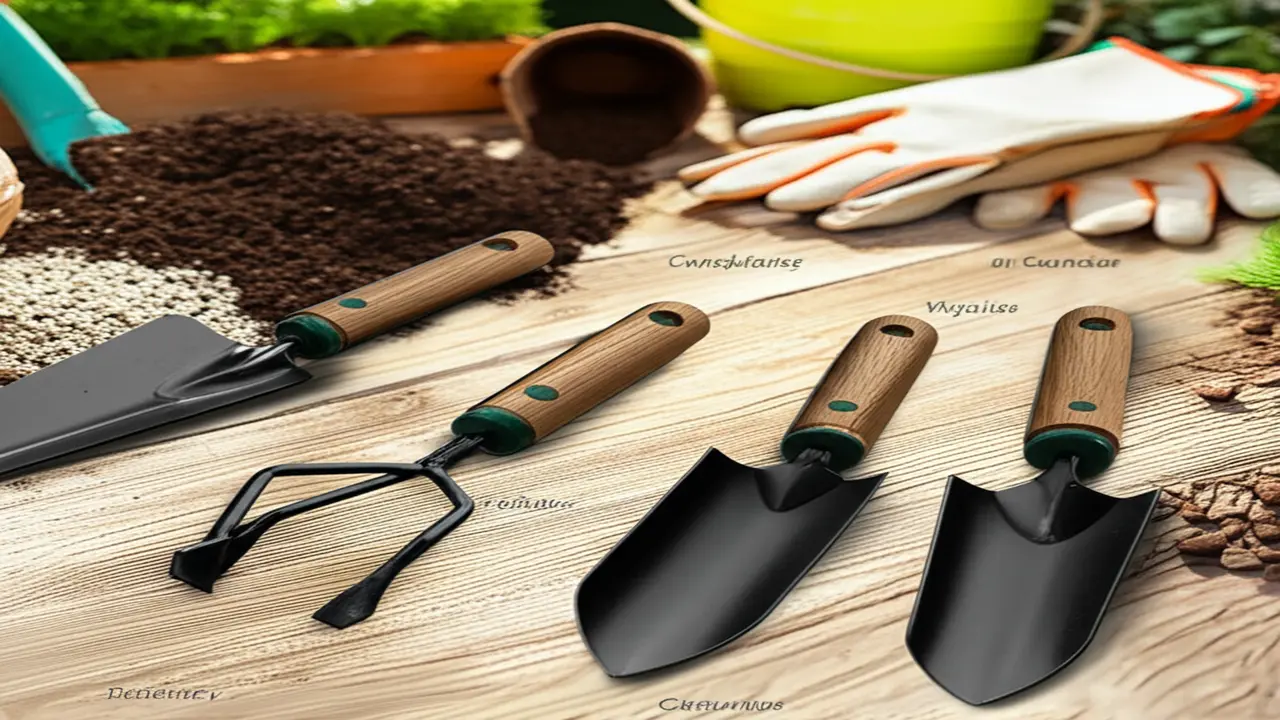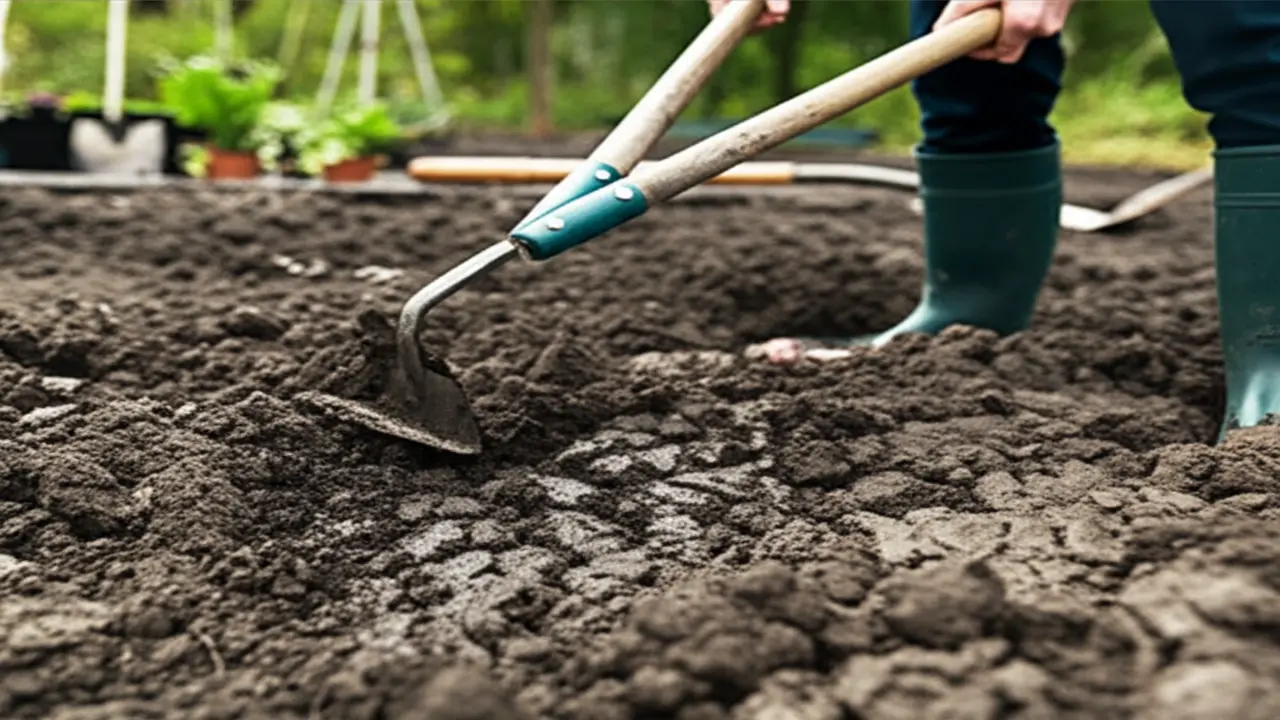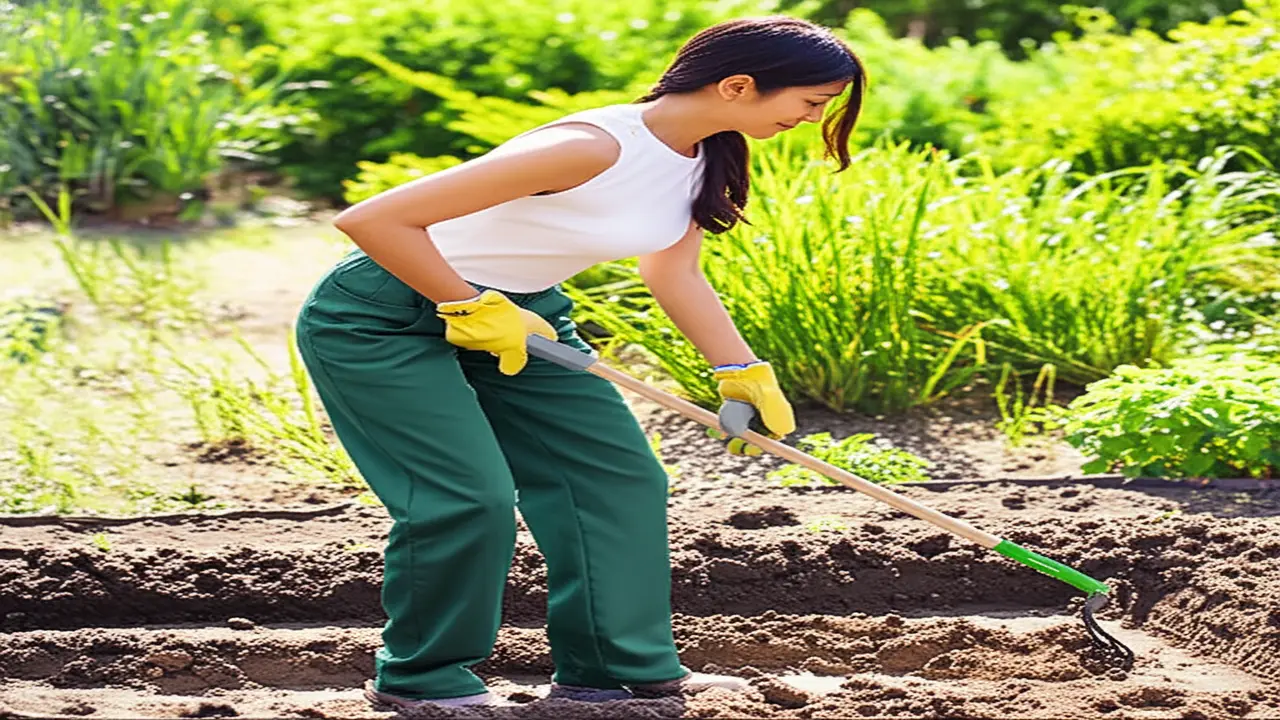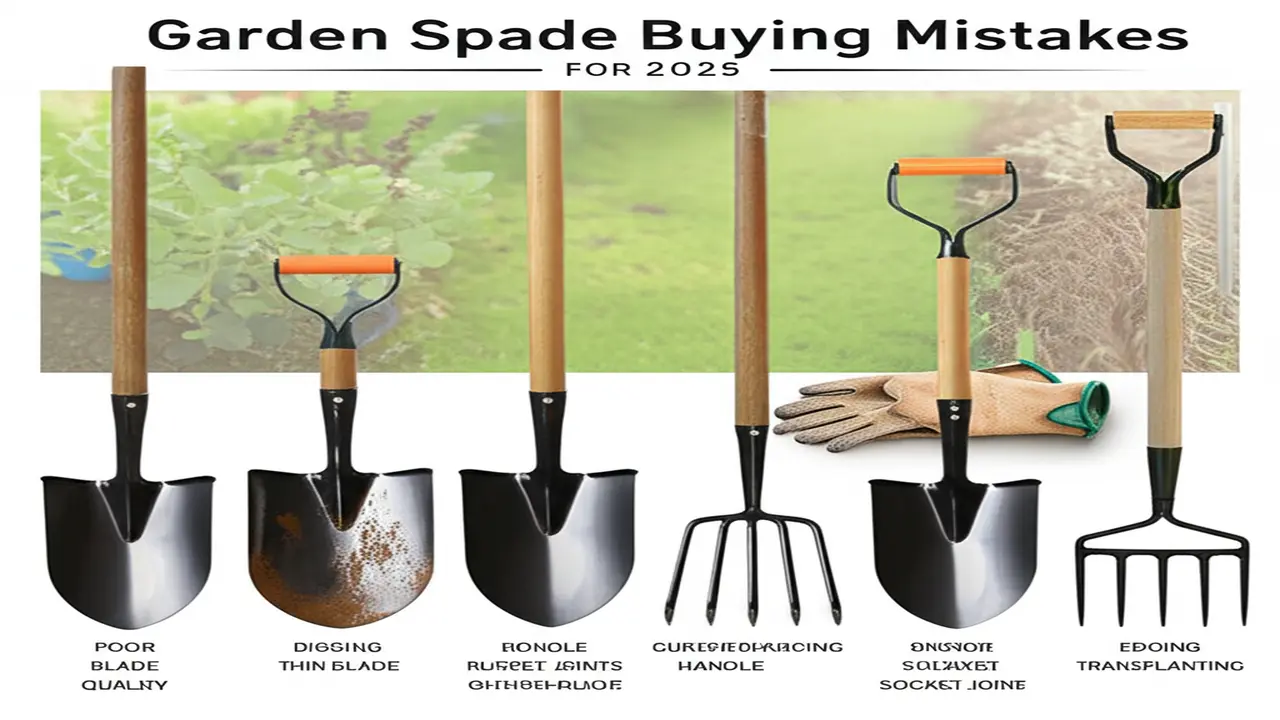Hand Cultivator Common Mistakes in 2025: Master Your Gardening Technique
In gardening, the hand cultivator is basic yet essential equipment, playing a crucial role in weeding, aerating, and soil preparation. Despite its simplicity, gardeners often stumble over common mistakes, which can result in ineffective weeding, damage to plants and soil, physical strain, and premature tool wear.
This comprehensive guide will illuminate the hand cultivator common mistakes gardeners should avoid in 2025. You’ll gain insights into identifying errors and applying masterful techniques to cultivate a flourishing garden with ease.
Foundational Blunders: Getting Started on the Wrong Foot
Mistake 1: Using the Wrong Cultivator for the Job
Each type of hand cultivator — whether claw, fork, stirrup, or hand hoe — serves specific functions suitable for different soils and tasks. A common error is mismatching the cultivator variant with the intended work and soil type.
This mismatch leads to inefficiency, plant damage, ineffective weed control, and gardener frustration. For example, a claw cultivator is ideal for dislodging tough weeds, while a fork favors delicate seedling beds.
A practical tip is to familiarize yourself with hand cultivator types and carefully evaluate your soil and task beforehand. Selecting the right cultivator ensures efficiency and plant safety.

Mistake 2: Neglecting Tool Maintenance & Cleanliness
Gardening tools are often overlooked after use. Using a dull, dirty, or rusty hand cultivator is a grave mistake. Such tools lose effectiveness, damage soil, transfer diseases, and have reduced lifespan.
Experts recommend thoroughly cleaning after each use, sharpening edges regularly, applying oil to prevent rust, and storing tools in a dry place. This upkeep maintains the cultivator’s performance and garden health.
Technique & Application Errors: How You Cultivate Matters
Mistake 3: Cultivating Wet Soil
Many gardeners make the error of working on saturated or muddy soil with a hand cultivator. This leads to soil compaction, soil clumps, harmed soil organisms, and tougher weed removal later.
The best practice is to work when soil crumbles easily in your hand. Test soil moisture by squeezing; if it holds its shape without crumbling, it’s too wet. Avoid cultivating right after rain or watering.

Mistake 4: Cultivating Too Deeply or Shallowly
Proper depth is critical. Digging too deep risks harming plant roots and bringing dormant weed seeds to the surface. Conversely, shallow cultivation misses pesky weeds, allowing regrowth.
For weeding, cultivate just below the root crown. When aerating, target the top 1 to 3 inches (2.5 to 7.5 cm). Knowledge of your plants’ root systems aids in deciding the right depth.
Mistake 5: Working Too Close to Desired Plants
Turning the hand cultivator too close to plants can injure roots or stems. This stress stunts growth, opens disease pathways, or even kills plants.
Maintain a safe distance by using smaller cultivators. Cultivate around plants, not directly at their base. Hand-weeding near plant bases ensures better control and saves roots.
Mistake 6: Improper Weed Removal
Leaving weed roots behind, scattering seeds across the soil, or allowing weeds to regrow negates gardening efforts. Often, gardeners pull weeds but neglect roots or don’t collect debris.
Always remove weeds completely, collect them properly, and dispose of in compost or trash. Prefer cultivating on sunny, dry days as moist weeds break easily and spread seeds.
Mistake 7: Over-Cultivation
Excessive tilling destroys soil structure by breaking down aggregates, depleting organic matter, harming beneficial microbes, and releasing carbon into the atmosphere.
Practice minimal tillage, cultivating only when necessary and focusing on surface work. Incorporate mulching and cover cropping to maintain soil health and moisture.
Ergonomics & Efficiency: Cultivating Comfortably
Mistake 8: Poor Posture & Grip
Gardening posture and grip matter for comfort and longevity. Poor bending, hunching, or gripping too tightly can cause back pain, wrist strain, and early fatigue.
Maintain knee bend, keep your back straight, and choose ergonomic tools designed to reduce strain. Taking regular breaks and using kneeling pads also enhance your gardening experience.

Beyond Mistakes: Best Practices for Mastery
To elevate your cultivation practice, start with soil assessment to understand compaction and moisture levels. Choose the right timing, favoring morning or late afternoon in appropriate seasons to avoid heat stress on plants and yourself.
University of Maryland Extension Gardening recommends integrating cultivation with mulching and cover crops to naturally suppress weeds and maintain soil moisture.
Attentively monitor your plants’ health; wilting or discoloration may indicate cultivation method issues or soil complications needing correction.
Conclusion: Your Path to a Healthier, Happier Garden
Mastering the hand cultivator is more than wielding a tool—it’s about technique, maintenance, and mindful care. Avoid common errors to reduce effort and physical strain, support healthier plant growth, preserve vibrant soil, and extend tool life.
Implement these practical strategies and watch a transformation in your garden’s productivity and your enjoyment of the craft.
Apply these insights today and make 2025 your year of gardening mastery.
Frequently Asked Questions (FAQs)
What type of hand cultivator is best for small seedlings?
A hand fork is advisable for working near delicate seedlings, as its tines gently loosen soil without uprooting plants.
How often should I clean and sharpen my hand cultivator?
Clean after every use and sharpen at least once a month during the gardening season or when you notice reduced effectiveness.
Is it bad to cultivate soil after heavy rain?
Yes, working wet soil can cause compaction and damage. Wait until the soil dries to a crumbly state before cultivating.
How deep should I cultivate for weeding?
Aim for just below the weed roots or the plant root crown, normally 1 to 3 inches (2.5 to 7.5 cm), to effectively dislodge weeds without damaging garden plants.
Can poor gardening posture cause long-term injury?
Repeated poor posture can cause chronic back, wrist pain, and fatigue. Use ergonomic tools, maintain proper posture, and take breaks to prevent injury.

